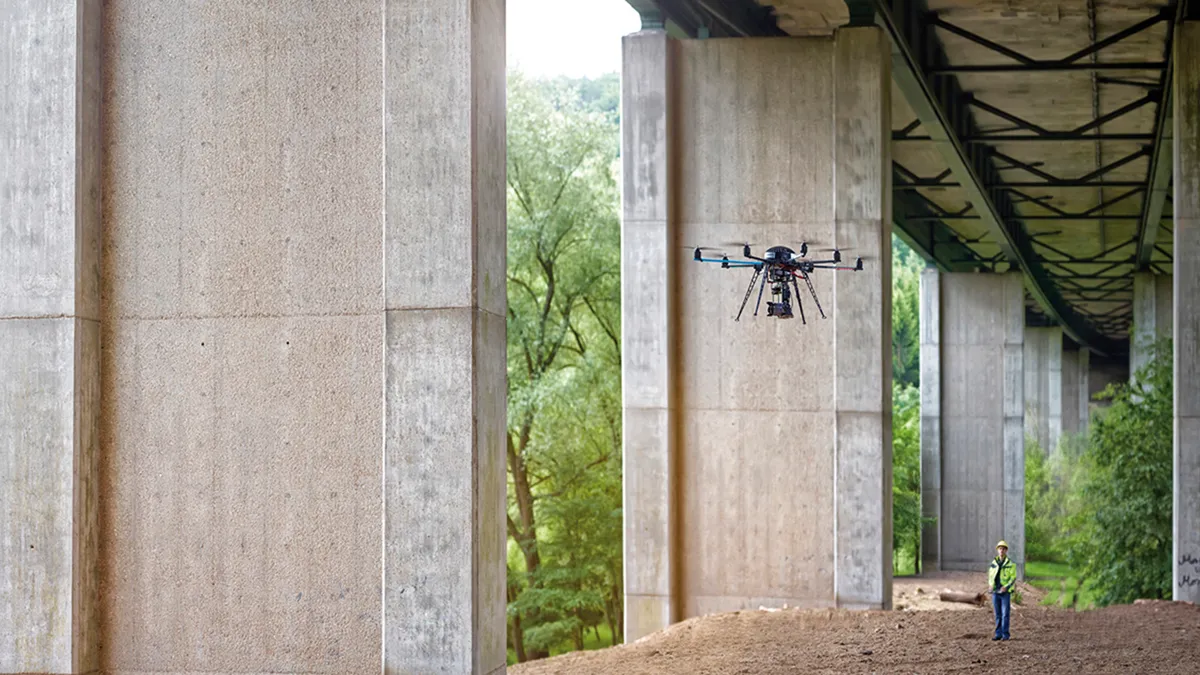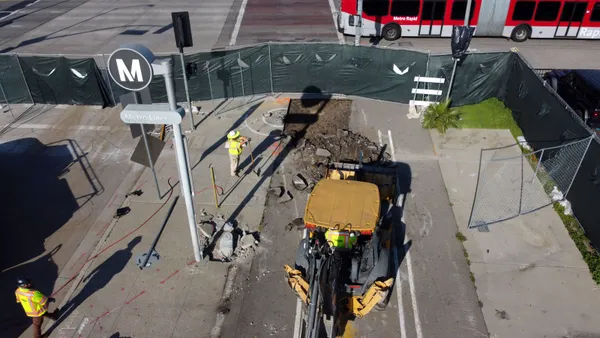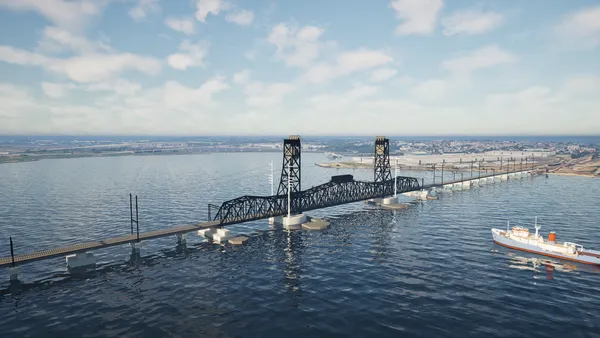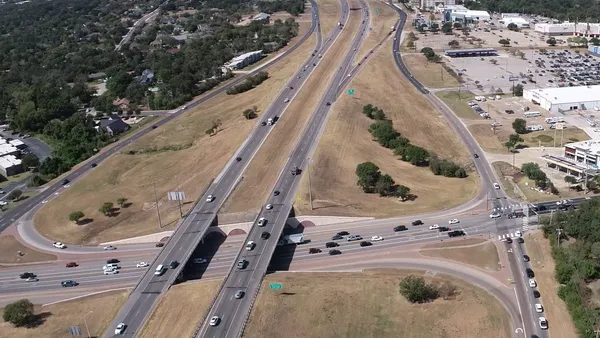Dive Brief:
-
The Minnesota Department of Transportation is studying the use of drones for bridge inspections across the state, according to KARE 11.
-
High-definition and infrared cameras allow MnDOT to obtain detailed structural close-ups as well as to detect temperature changes in concrete.
-
Drone usage is expected to significantly reduce costs and traffic delays related to inspections. Capital costs for a drone run the department $40,000, and drones could replace inspection trucks that typically cost $675,000 apiece.
Dive Insight:
If the Land of 10,000 Lakes has an equal number of bridges, inspections for safety and structural integrity could be a tall order for the MnDOT. Minnesota counts 12,961 bridges with vehicle traffic, 830 of which have been identified as structurally deficient, according to a study by policy group Transportation for America. Lincoln County, in the southwest corner of the state, fares the worst with 100 bridges, of which 23% are deemed deficient and average 66 years old, according to the report.
The use of drones and other scanning and reality capture technologies could significantly reduce inspection costs and provide greater funding overall for bridge and infrastructure repair by state transportation departments that often prioritize budget resources to road expansion versus repair.
Between 2009 and 2011 MnDOT spent an average of $627 million on roads, with 40% allocated to repair and maintenance, the TFA study found. Already, MnDOT has reduced capital fleet costs for inspection considerably by replacing its inspection vehicles with camera-outfitted drones.
Inspection drones are also being used in California, where rain has eroded the spillway at the nation’s tallest dam and forced the evacuation of 250,000 residents. The California Department of Water Resources used drones this week to evaluate the structural integrity of the dam and spillway in its risk assessment of a dam breach even as water levels subsided.














